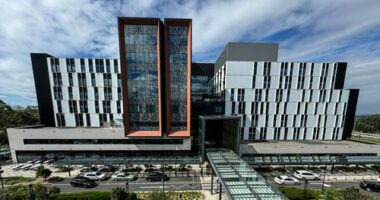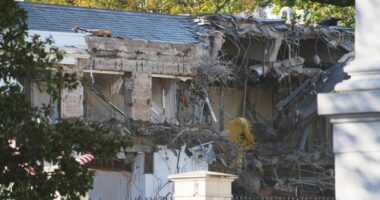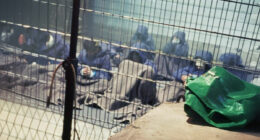Share this @internewscast.com
“Since then, it has influenced every aspect of our everyday life.”
At the time of Abigail’s first reaction, Gillespie was “desperate for guidance,” but felt somewhat disregarded when seeking assistance.
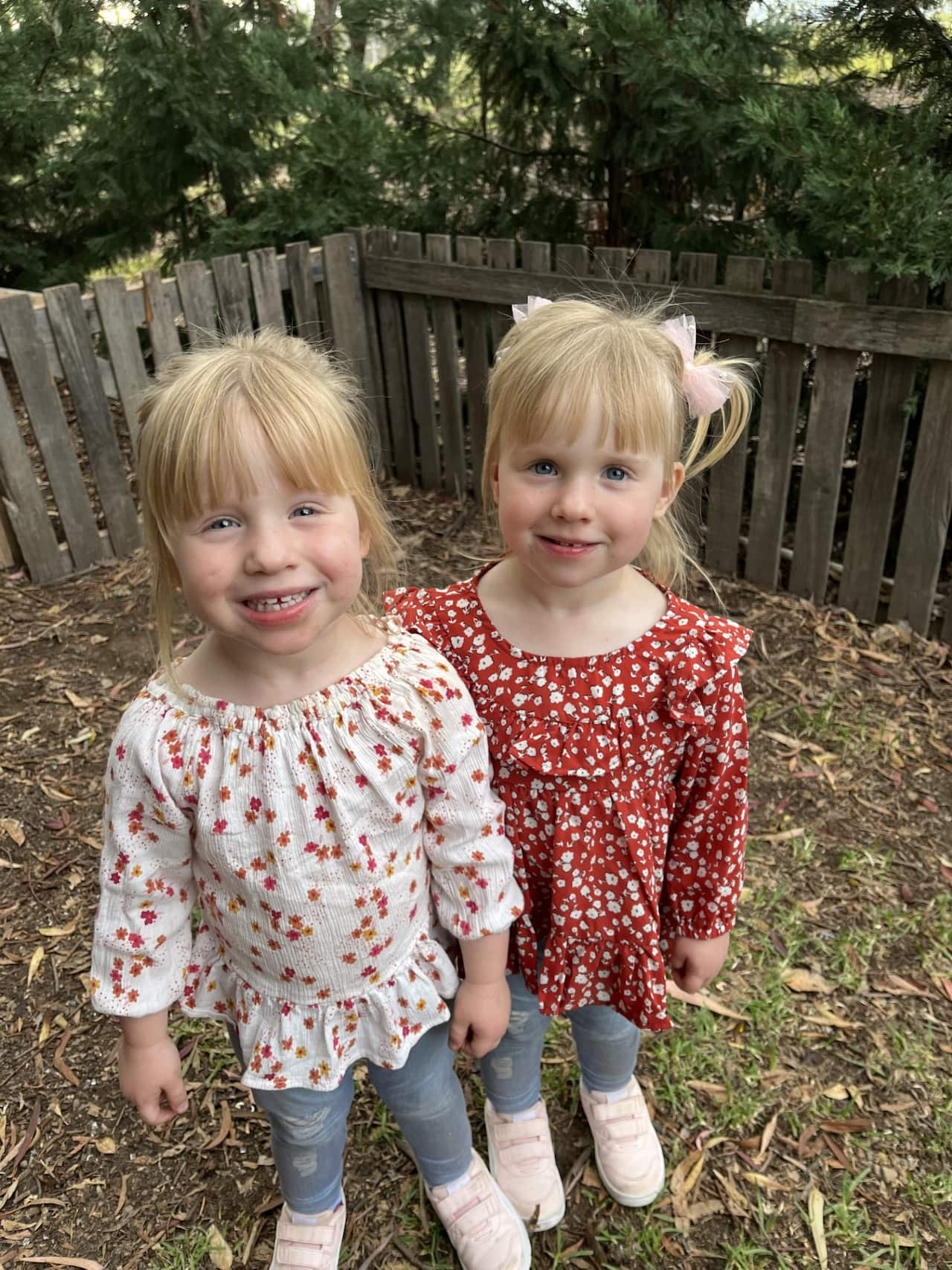
When Abigail (left) had her first serious reaction as a baby, her mother Bek said she didn’t know where to turn. Source: Supplied / Bek Gillespie
She is seeing a specialist and seeking allergy tests for both of her twin daughters this year.
This figure has doubled since the last national overview in 2007, resulting in $18.9 billion in economic losses and $44.6 billion in intangible impacts last year, according to the Deloitte Access Economics report.
‘Best national snapshot we’ve had date’
She said the new Deloitte report uses a number of sources to offer “the best national snapshot that we’ve had to date”.
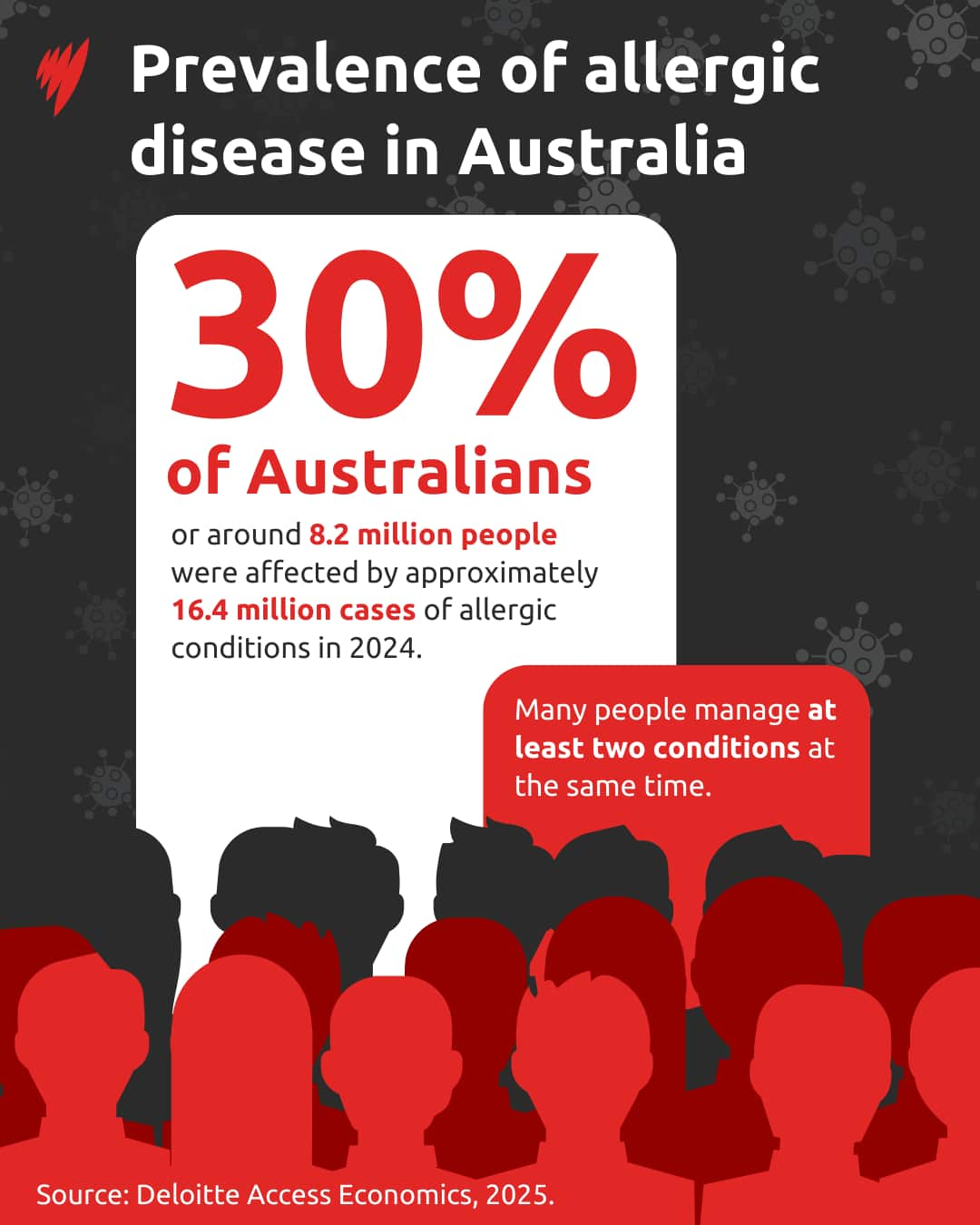
An estimated 8.2 million Australians lived with allergic disease in 2024, up from 4.1 million reported in 2007. Source: SBS News
The report estimates 30 per cent of all Australians, or 8.2 million people, had one or more allergic conditions in 2024. In total, there were an estimated 16.4 million cases.
Food allergy and eczema tend to be more common in young children, with hay fever and drug allergy being more common among adults.
What is behind rising allergy rates?
“We know that genes and our genetic makeup are a factor. But it is the environment that has changed so significantly,” she said.
She said the broader rise in allergic disease is not uncommon in other Western countries.
Far-reaching impacts costing billions
“It’s not just the financial burden; it’s the social costs as well that impact a person,” Said said.
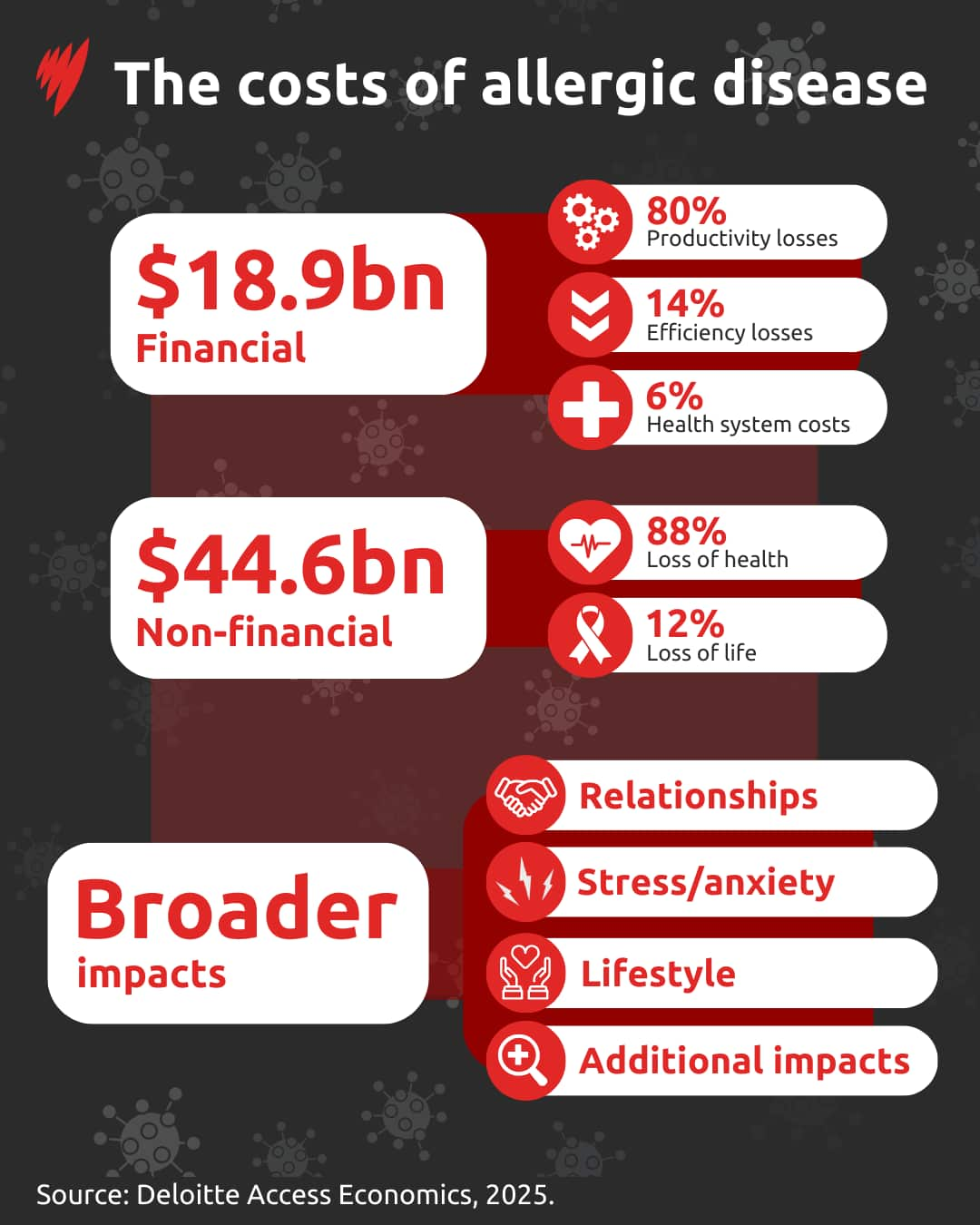
The estimated financial cost of allergic disease in 2024 was $18.9 billion. Source: SBS News
She said allergic disease can “ultimately control people’s lives” and requires a multi-pronged approach to improve the health and well-being of those affected.



